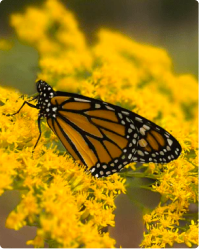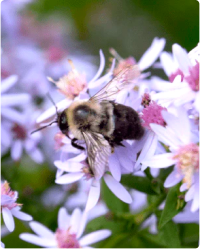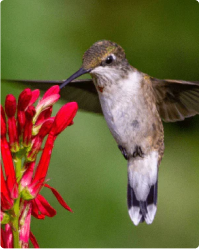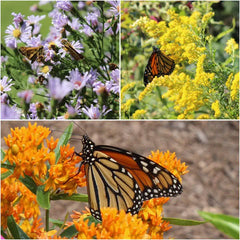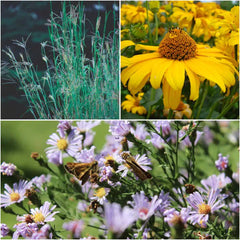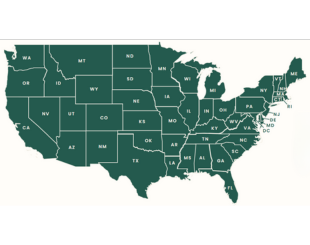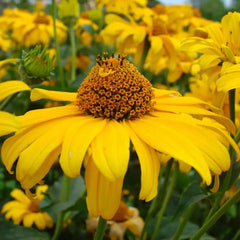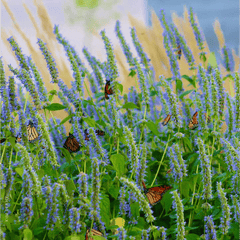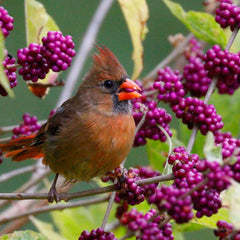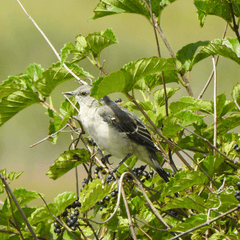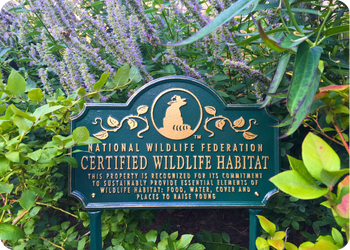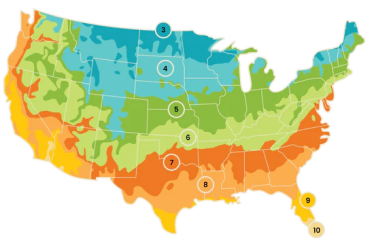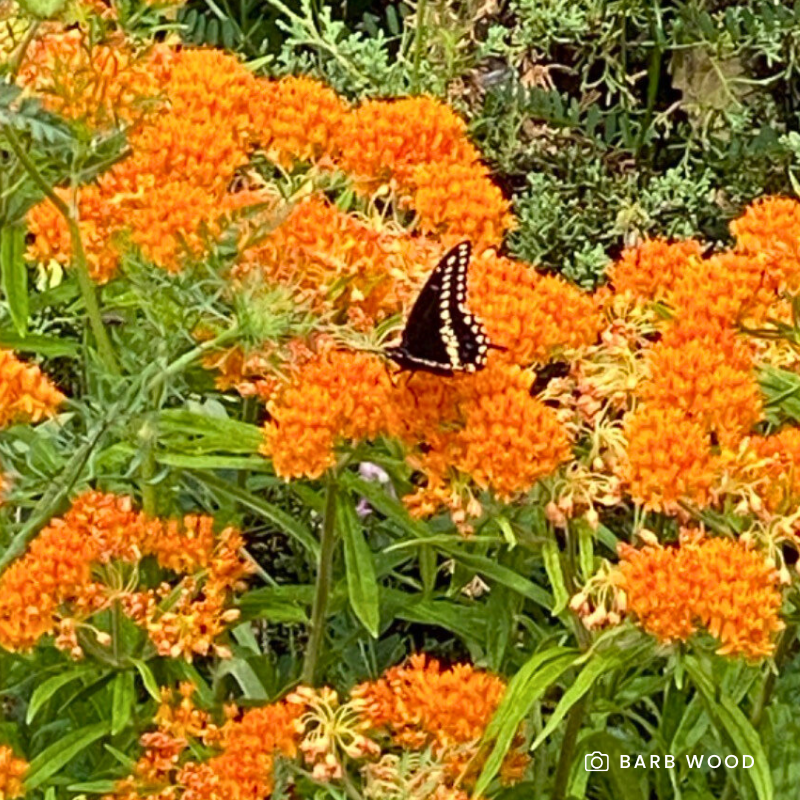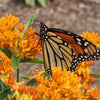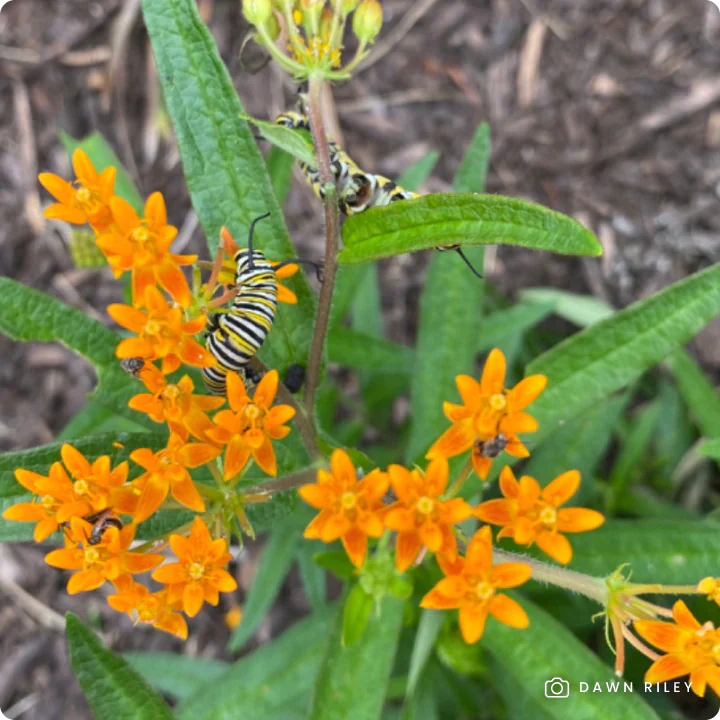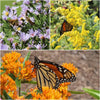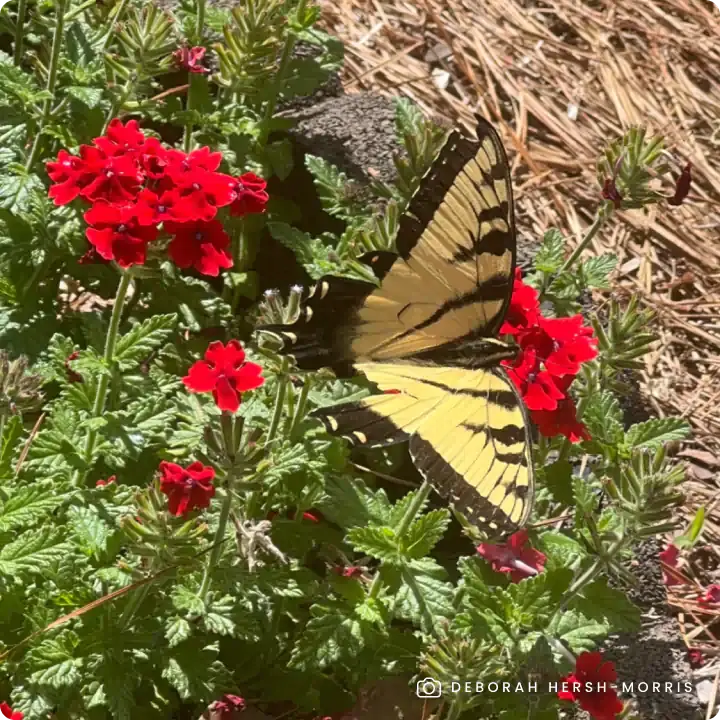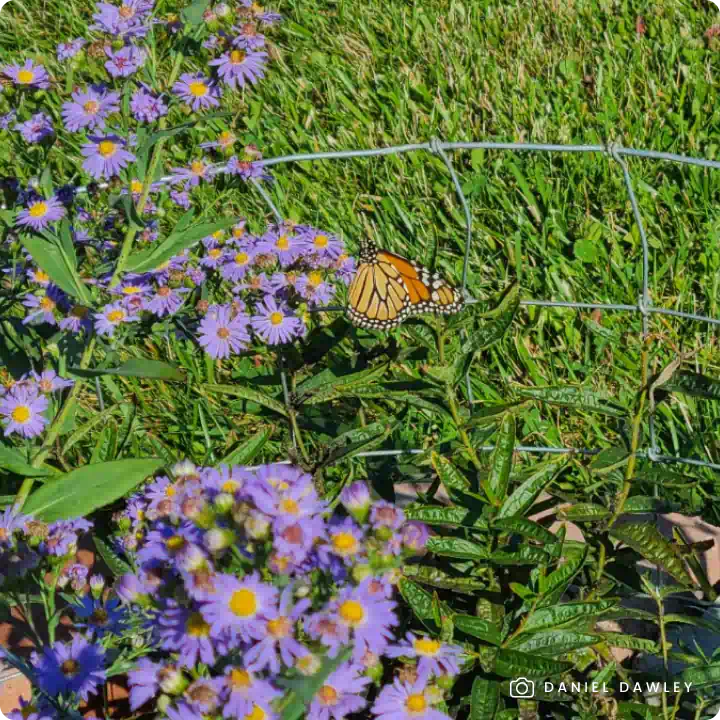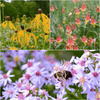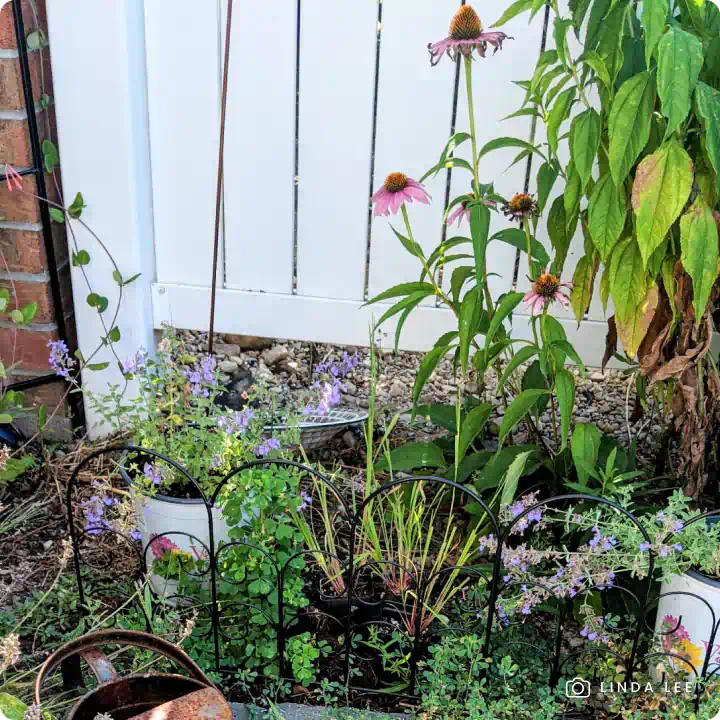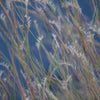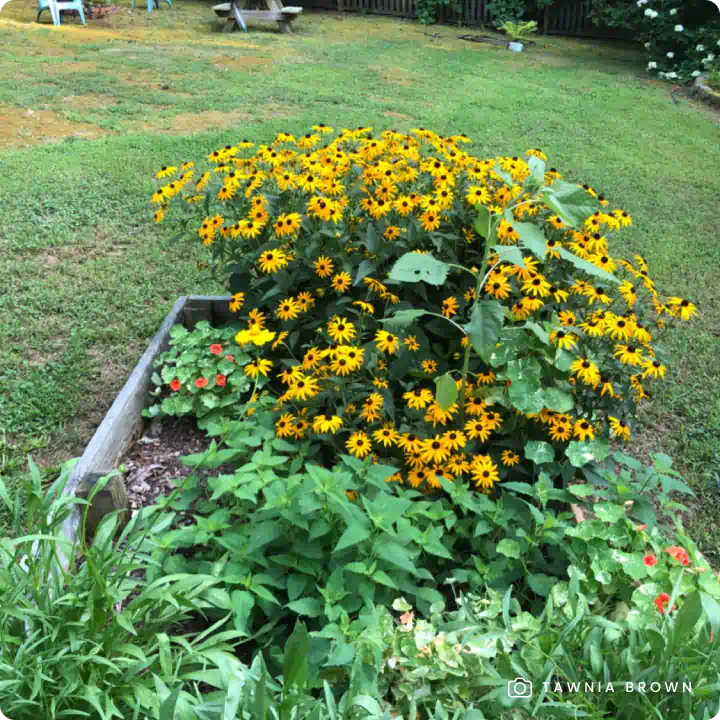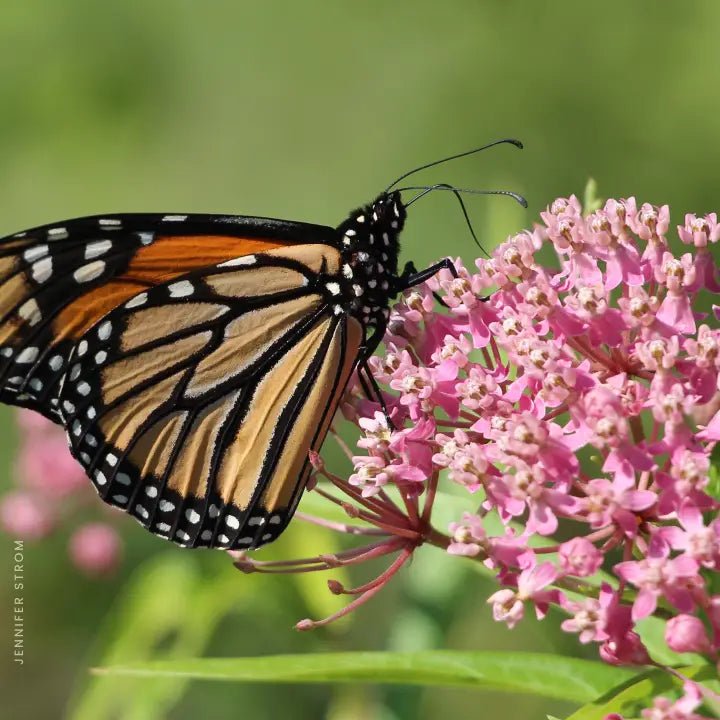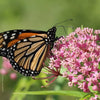The Pacific Monarch Provisions collection is a thoughtfully curated set of native plants designed to create a continuous and abundant nectar source for a wide variety of pollinators, with a special focus on the monarch butterfly. This collection includes three native perennial plants chosen for their complementary bloom times, flower colors, and benefits to the ecosystem.
What's Included:
- Narrowleaf Milkweed (Asclepias fascicularis): A crucial host for monarch caterpillars, this plant also provides an excellent nectar source for various bees and butterflies. It blooms from late spring through fall with creamy white to pale yellow flowers.
- California Aster (Symphyotrichum chilense): Offering a late-season nectar source, this aster is especially vital for migrating monarchs and other late-flying insects. Its lavender to white flowers bloom from summer to fall and are highly attractive to many bee species.
- Coyote Mint (Monardella villosa): With its lavender to pinkish-purple flowers blooming from late spring to mid-summer, Coyote Mint is a magnet for native bees and beneficial insects. The plant also features aromatic foliage.
Key Features:
- Continuous Blooms: The collection offers a succession of blooms from late spring through fall, ensuring a steady food source for pollinators.
- Monarch Habitat: This collection provides essential support for monarch butterflies by including a host plant for caterpillars and nectar-rich flowers for adults.
- Pollinator Friendly: Beyond monarchs, the collection attracts and supports a wide range of native bees, butterflies, and other beneficial insects.
- Layered Design: The plants have complementary heights and a mix of flower colors, creating a visually appealing and layered look in your garden.
- Low Maintenance: These plants thrive with minimal care and require less water once established.
- Deer Resistant: The plants in this collection stand up to deer Browse, ensuring their longevity and beauty.
- Pollinator-Safe: Grown non-GMO and free of harmful neonicotinoids, promoting a healthy ecosystem for pollinators and wildlife.
Available in collections of nine, 18, or 27 plants to create a thriving monarch habitat.
Planting Tips:
- Location: Plant in full sun with well-drained soil.
- Watering: Water regularly during the first growing season to establish roots. Once established, these plants require less water.
- Maintenance: Minimal care required. There's no need to deadhead the flowers, as allowing them to go to seed provides a valuable food source for birds. Leaving the stems standing in the fall offers overwintering sites for beneficial insects. If desired, cut back the stems in late spring after pollinators have emerged. Avoid spraying pesticides that harm monarch caterpillars.
For more information on planting, view our How to Plant Your Native Plants guide and other planting tips in the Garden for Wildlife Learning Center.
